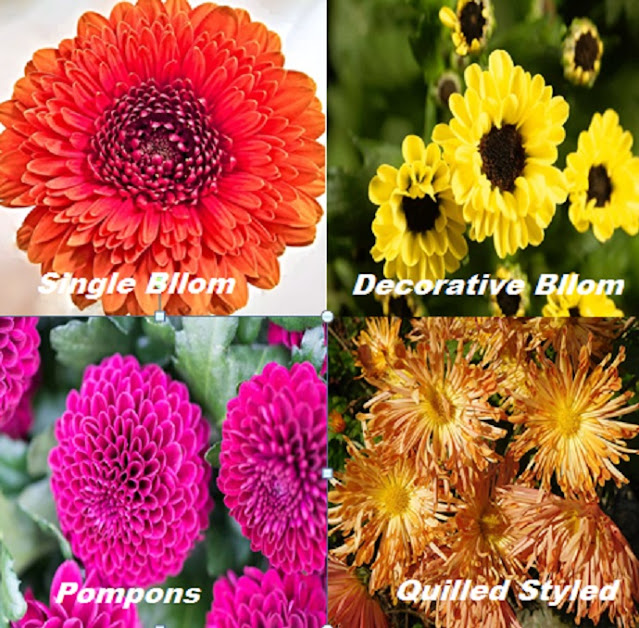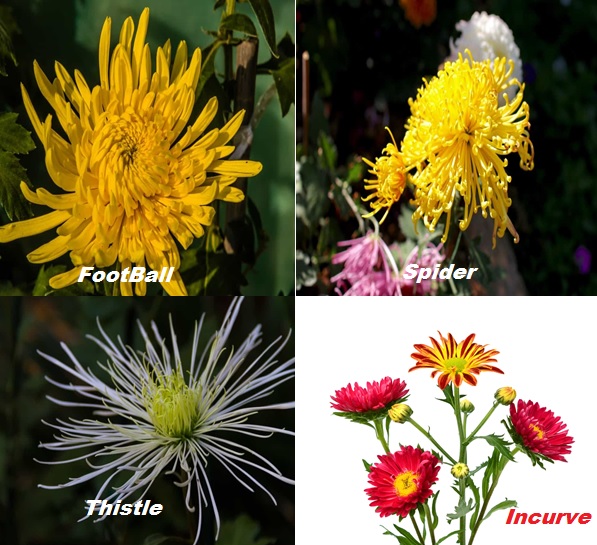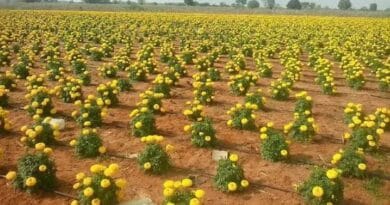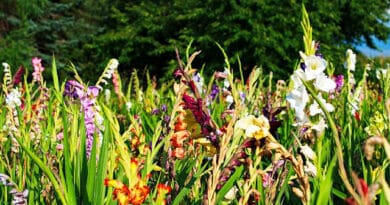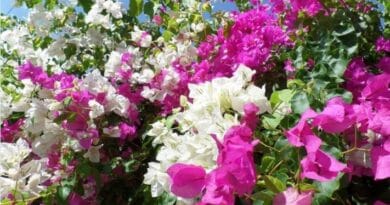Cultivation of Chrysanthemum in India; A Complete Information Guide
Cultivation of Chrysanthemum; Provides income for farmers, particularly with the possibility of year-round production using techniques
Some Common Names of Chrysanthemum:
Classification of Chrysanthemum:
According to the habit of growth
1 Annual Chrysomhemum; It has three species, namely- Chrysanthemum carinatum (In colored chrysanthemum), C.Coronarium Crown daisy or garland Chrysanthemum and C. segetum corn marigold), Plant is tall with a single flower
2. Perennial It also consists of three species namely C. maximum, C.frutescence and C morifolium It produces a most attractive single flower,semi-double and double flowers of different kind and form,
According to the shape of Bloom
Based upon the size of flowers, chrysanthemum varieties may be classified into two groups, ie, large-flowered and small-flowered. Large-flowered is further divided into-Incurved (globular shape), Reflexes (with drooping florets), Intermediate (Outer ray florets curve outward and downward while inner florets are incurved); Irregular (ray florets twisted and tossed irregularly). Quilled (ray florets are tubular)
Spon (end of ray florets like a spatula), Ballor Rayonnate (like a perfect ball), Anemone single petals with a tubular central disc), Likewise, small-flowered groups are divided into – Anemone, Button Korean (single and double), Decorative, Pompon, Quilled, Semi-quilled and stellate types
Soil and Climatic Requirements for Chrysanthemum Cultivation
Varieties of Chrysanthemum;
A. Large-flowered. Kasturba Gandhi (White), Chandrama (Yellow), Mahatma Gandhi (Manve), Meera (Manure), Tamra & Arun (Red).
B. Small-flowered, Sharad Mukta, Sharad Tanka, Sharad Mala (White), Sharad Bahar, Sharad Prabha (Mauve), Kao (Red).arad Prabha (Mauve), Rakhee, Arun Singar, Suhag Singer
Propagation of Chrysanthemum
Planting of Chrysanthemum
Suckers may be planted on ridges at a spacing of 30 cm x 30 cm in beds of different shapes and sizes for higher flower yield.( The time of planting depends on the region and ranges from March to August.
For growing in pots, three potting should be done. First potting is done Feb-March in 10 cm pots, consisting of one part each of sand, soil, and leaf mould. The second pasting is done in the last week of April in 15-cm pots, consisting of one part soil, one part sand, two parts leaf mould, one tablespoonful of superphosphate, and 1/4 part of wood ashes. The third and final potting is done in August and September in 30cm. pots, consisting of one part sand, one part soil, two-part soil, two parts leaf mould, two parts cow dung manure, two tablespoonfuls superphosphate, and 1/4th of each charcoal and wood ashes.
Manuring in Chrysanthemum
A dose of 40 g nitrogen, 20 g phosphorus, and 20 g potash per sq. meter area has been found for better yield. Half the dose of nitrogen and full doses of P and K should be applied at the time of planting, and the remaining half dose of nitrogen after one month of planting.
Growth Regulation in Chrysanthemum:
A. Physical Methods
1. Disbudding. It is a process of removing an extra number of flower buds. It is practiced to reduce the number of flowers and to obtain better-quality blooms. No disbudding is done in Korean, pompon, and singles.
2. Pinching. Removal of the terminal portion is called pinching. Its objective is to encourage side branches, reduce the height, and delay flowering.
3. Dis-shooting. It is a process of removing unwanted branches. Its objective is to reduce the number of branches and the number of flowers, as well as to improve the quality of blooms.
4. Staking. Providing support to the plant or branches is known as staking. It allows the plant to grow in the proper direction.
B. Chemical Methods
Reducing the growth through chemicals like B-Nine, Phosphon, and CCC is feasible when sprayed or soil drenched. Pinching by chemicals like Emgard 2077 and offshoot ‘O’ is reported to be successful.
C. Cultural Methods
Plant height may be increased by early planting, maintaining soil moisture, and planting in bigger pots. Manipulation of day length and temperature at various stages of plant growth is being done to get flowering at the desired period.
Pests and Diseases of Chrysanthemum
Aphids, thrips, and leaf-eating caterpillars can be controlled by spraying Acetamiprid at 0.3 g/l or Indoxacarb @ 1 ml/l.
Harvesting of Chrysanthemum;
Harvesting of the flowers starts from the 3rd month onwards at 4-day intervals. Harvesting is done at 3/4 to the full open stage for nearby markets and 1/2 open stage for distant markets. 13-15 picking can be done in the chrysanthemum field.
Yield;
An average yield of 5 t/acre from the plant crops and 2.5 t/acre from the ratoon crop can be obtained.


